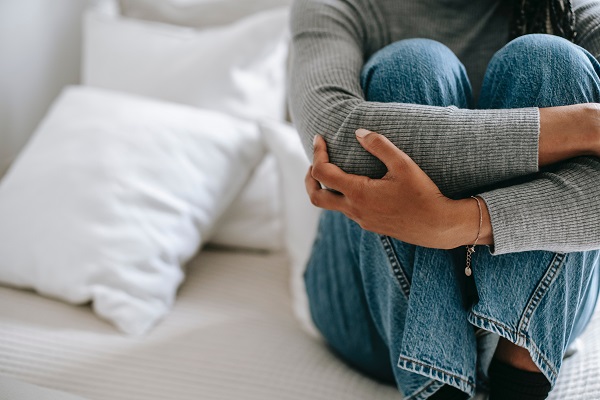Even though the barriers for the distribution of OUD treatment medication have been removed, but there’s not enough to go around.
A new study published in the International Journal of Drug Policy analyzed opioid use disorder (OUD) and the availability of treatment drugs, including buprenorphine and extended-release naltrexone, to treat it in the nine-year span between 2010 and 2019. Researchers discovered that nearly 87% of individuals with OUD living in the U.S. are not getting the treatment they need.
“Our findings highlight the urgency of removing barriers to accessing medications to treat opioid use disorder, while expanding the availability of these medications,” the study’s lead author Noa Krawczyk said. “But what we have is way beyond a simple treatment capacity problem. We need to rethink how treatment for opioid use disorder is delivered, eliminate stigma, make it easier for people to enter and remain in treatment, as well as ensure that all treatment programs provide and encourage use of evidence-based medications that we know save lives.”
The team reviewed data from a public database which tracks prescriptions from licensed facilities and a private database with outpatient pharmacy claims for buprenorphine and naltrexone. They then estimated the change from 2018 to 2019 and from 2010 to 2019.

“The largest treatment gaps as of 2019 were found in Iowa, North Dakota and Washington, D.C. — each at more than 95 percent,” the authors wrote. “The smallest gaps were in Connecticut, Maryland and Rhode Island.”
“Even in states with the smallest treatment gaps, at least 50 percent of people who could benefit from medications for opioid use disorder are still not receiving them,” explained the study’s senior author Magdalena Cerdá.
The team concluded in their paper, “Despite some progress in expanding access to MOUD (medications for opioid use disorder), a substantial gap between OUD prevalence and treatment receipt highlights the critical need to increase access to evidence-based services.”
In recent years, many states have chosen to expand availability of buprenorphine and naltrexone in their communities. They’ve equipped first responders, for instance, with these medications and have offered training on how and when to administer them.
In May 2021, the Biden administration took offering access to treatment drugs one step further and eased guidelines for prescribing buprenorphine. The President basically began allowing health workers to administer the drug without additional training and indicated that patients would no longer have to be referred simultaneously to counseling services.
Only the treatment drugs buprenorphine, methadone and naltrexone are approved by the Food and Drug Administration (FDA) to treat opioid use disorder (OUD). Buprenorphine is used to ease withdrawal symptoms and pain, balancing brain function. Medication-assisted treatment continues to be preferred in the treatment community for helping those living with addictions. The current study demonstrates, however, the despite these efforts, there is still a need to make buprenorphine and naltrexone more accessible if they are to be successful in combating OUD.
The Centers for Disease Control and Prevention (CDC) reports that overdose deaths involving opioids increased from an estimated “70,029 in 2020 to 80,816 in 2021,” and recent research suggests that this will continue to increase, especially with the flooding of fentanyl on the streets.
Sources:
Most people with opioid use disorder don’t have access to critical medications
Biden Relaxes Buprenorphine Prescribing but Pharmacies Aren’t Biting


Join the conversation!